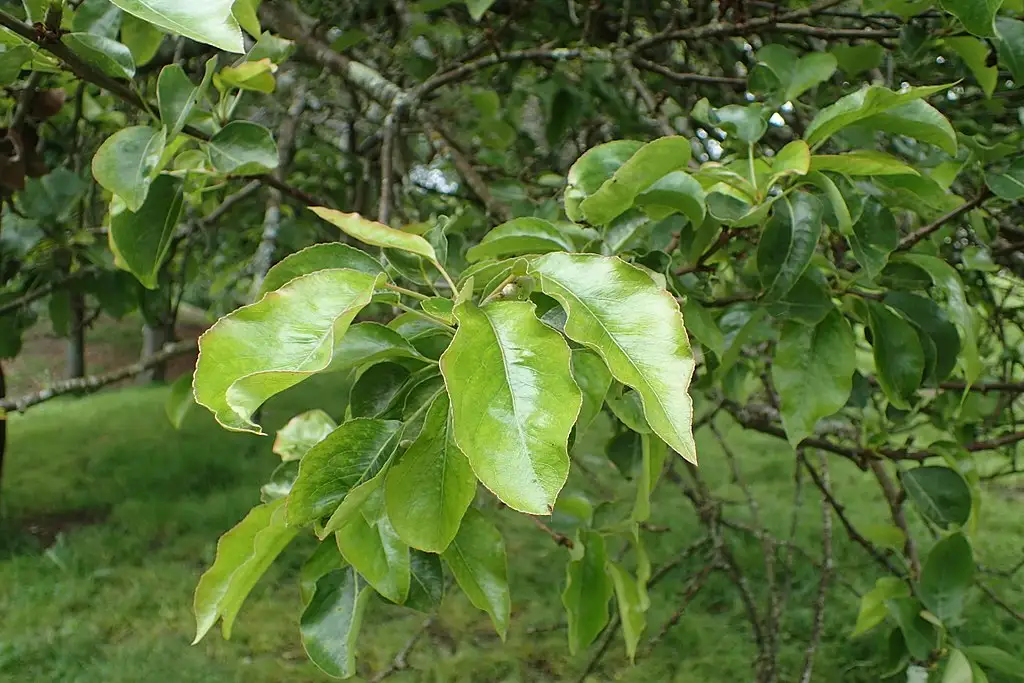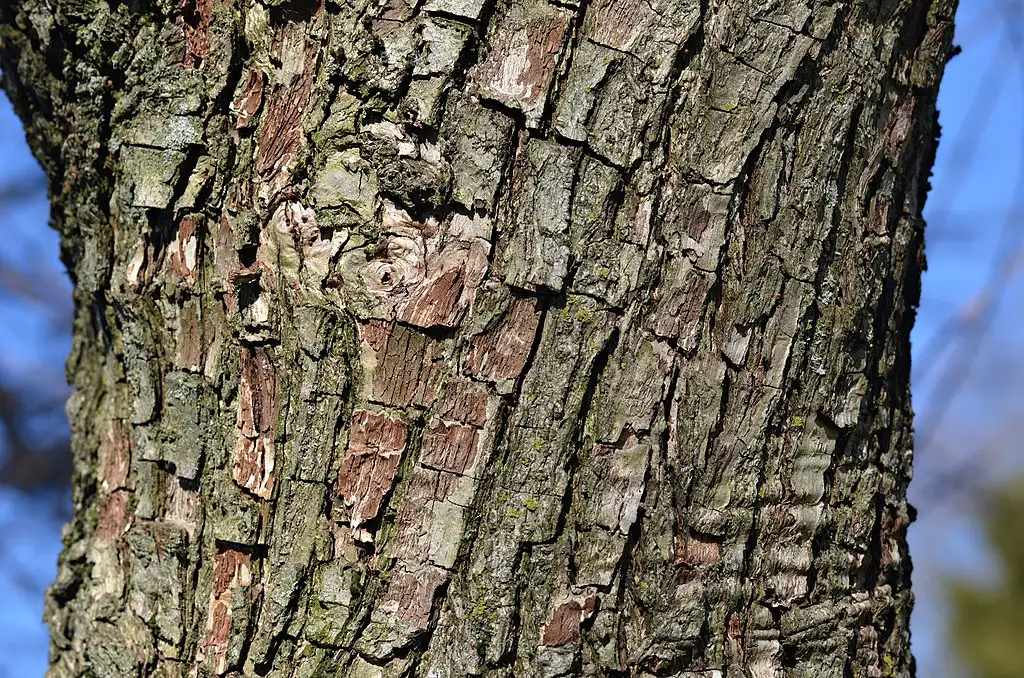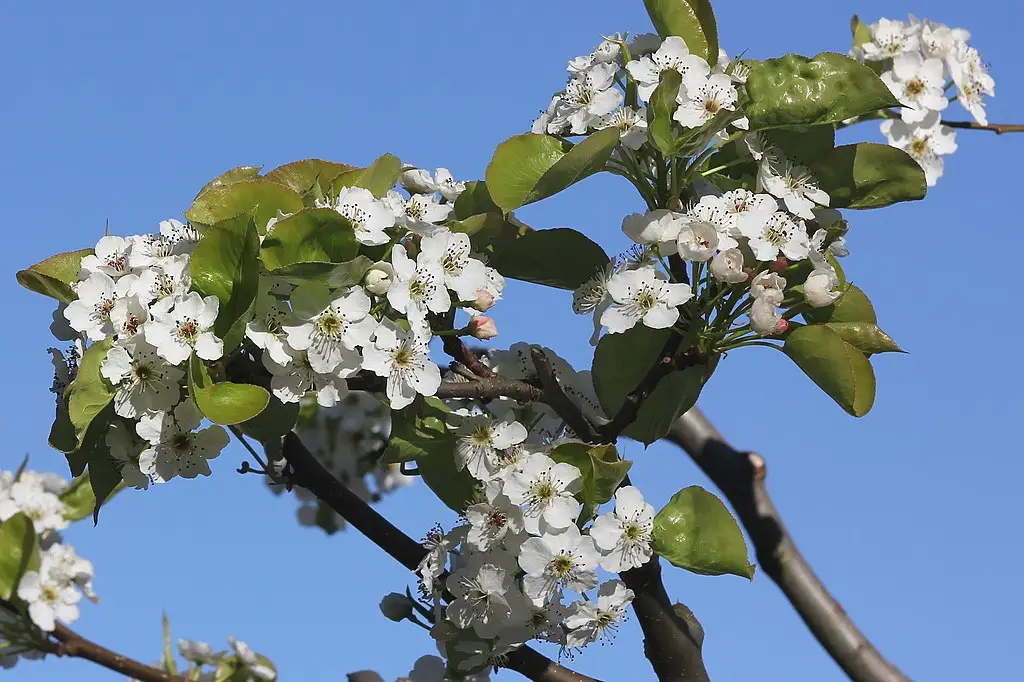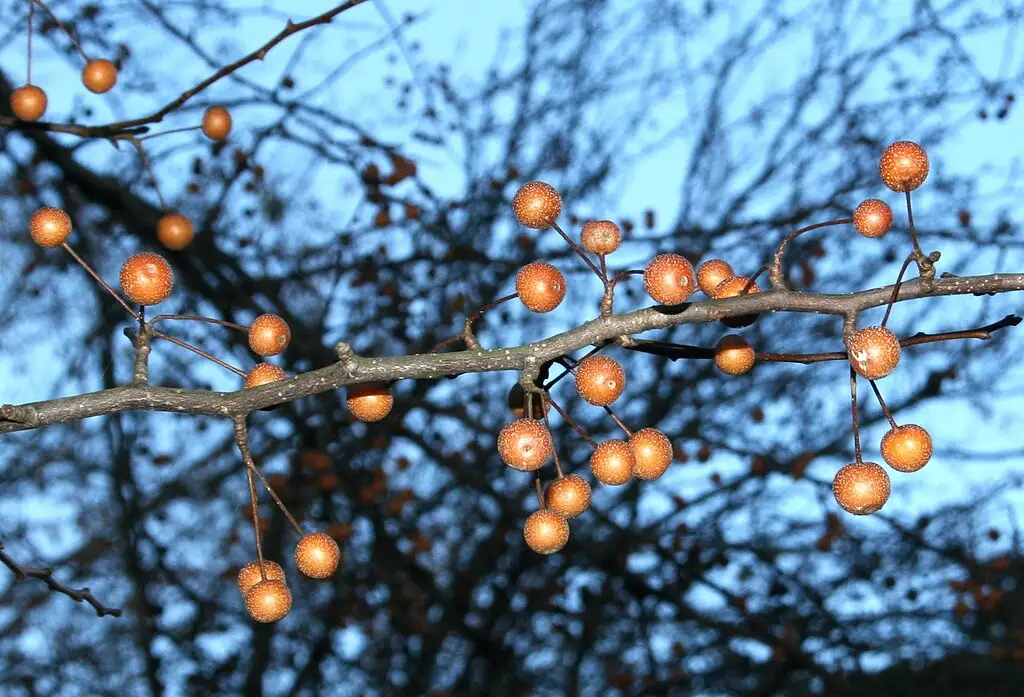Site production : Personal production CCVCD - w3 schools
Use of photos : Communauté de Communes Vitry, Champagne et Der  contact us
contact us
GIS Department
Community of Communes Vitry, Champagne et Der
03 21 41 22 95
3 rue du Vieux Port
51300 Vitry-le-François
sminiou@vitry-le-francois.net
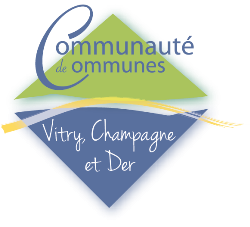
Lions Club of Vitry-le-Francois


